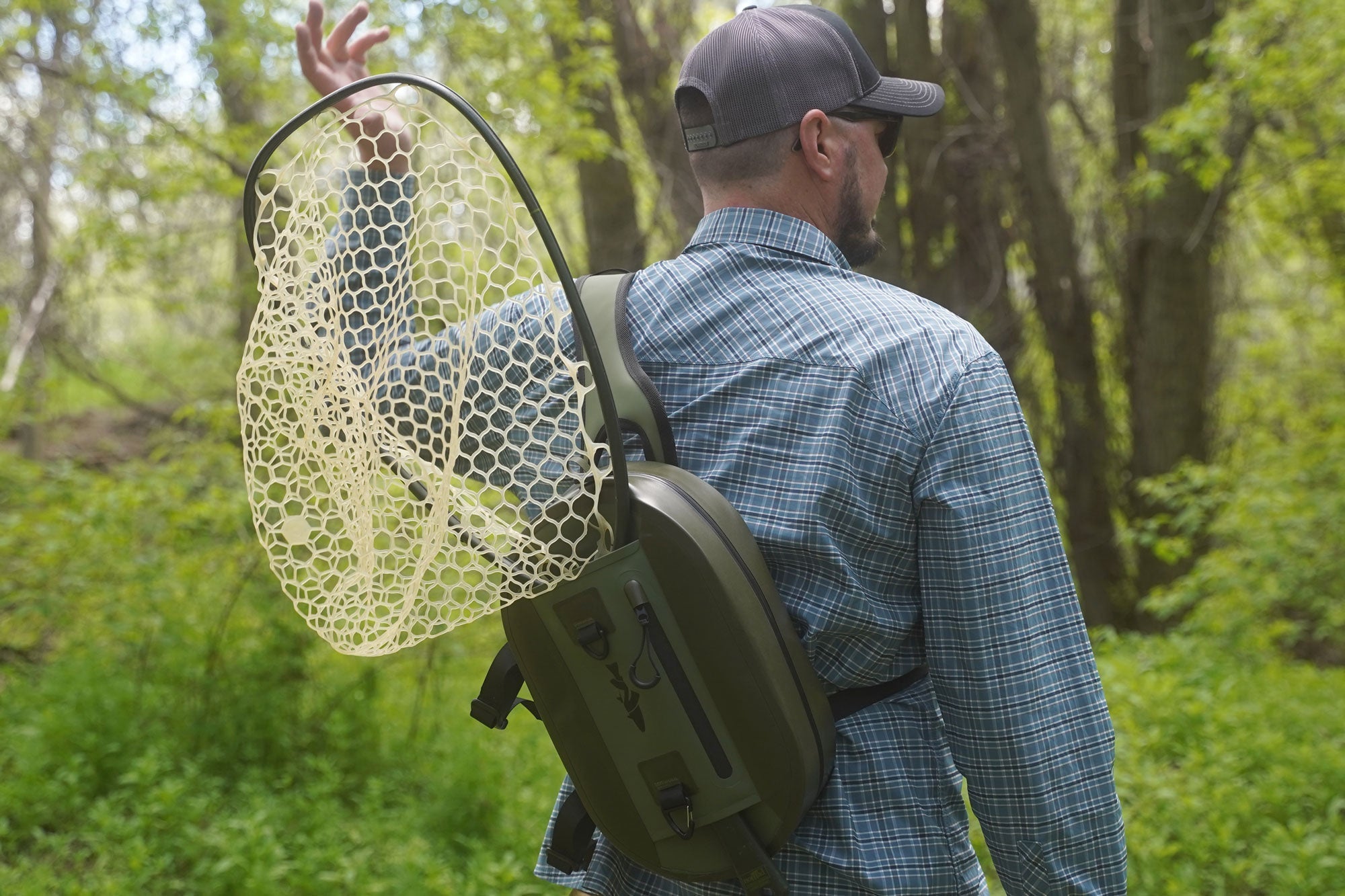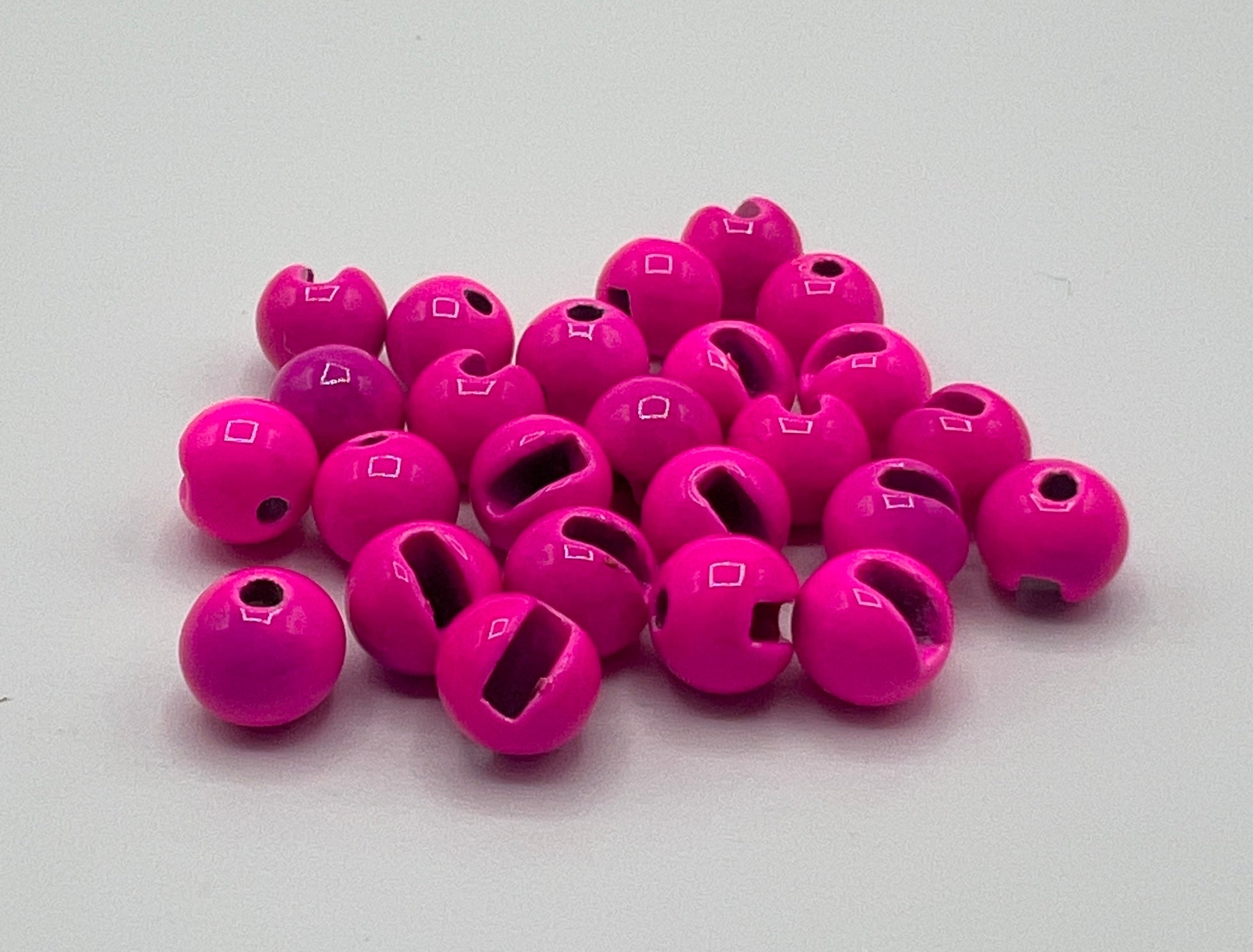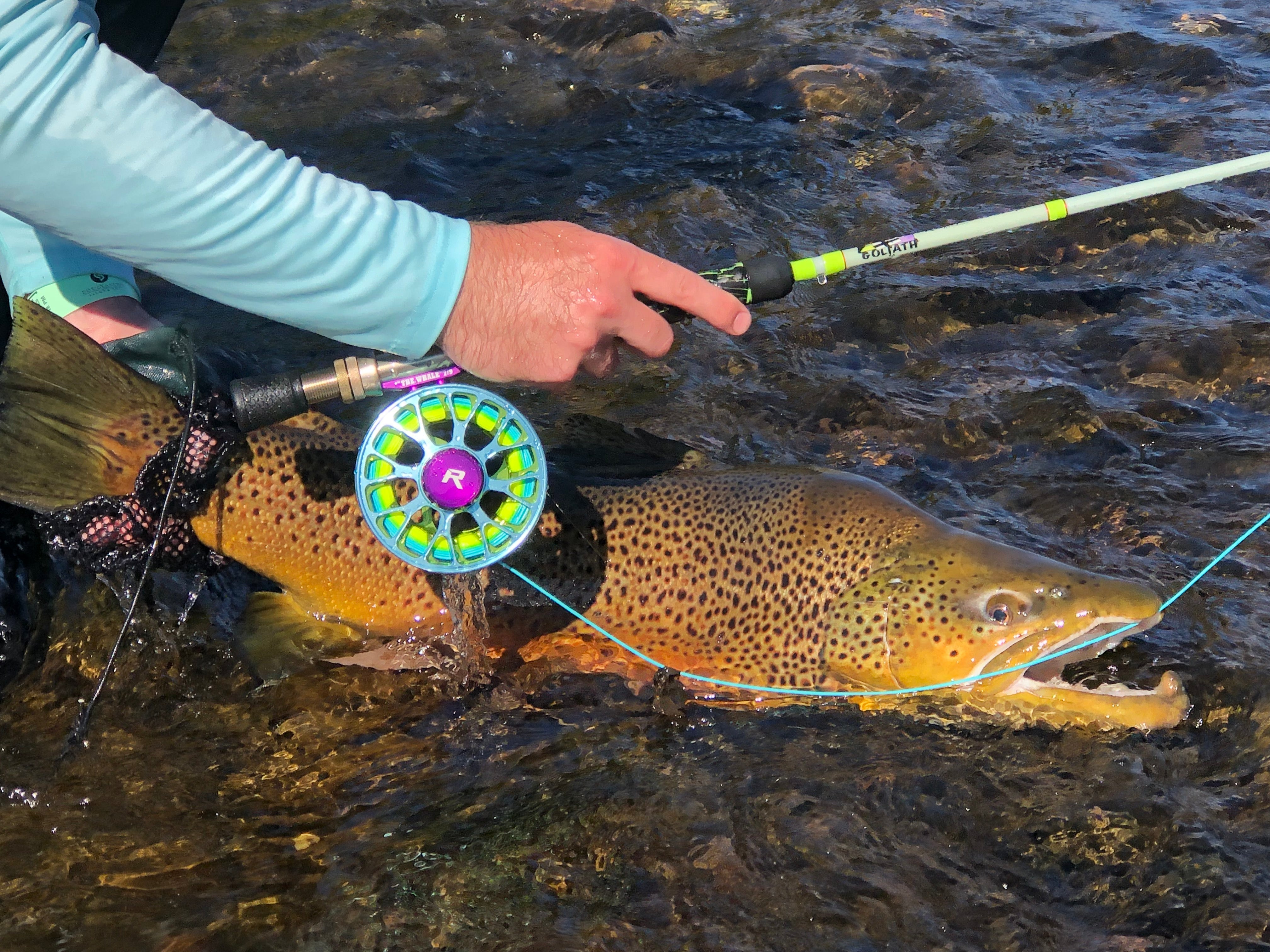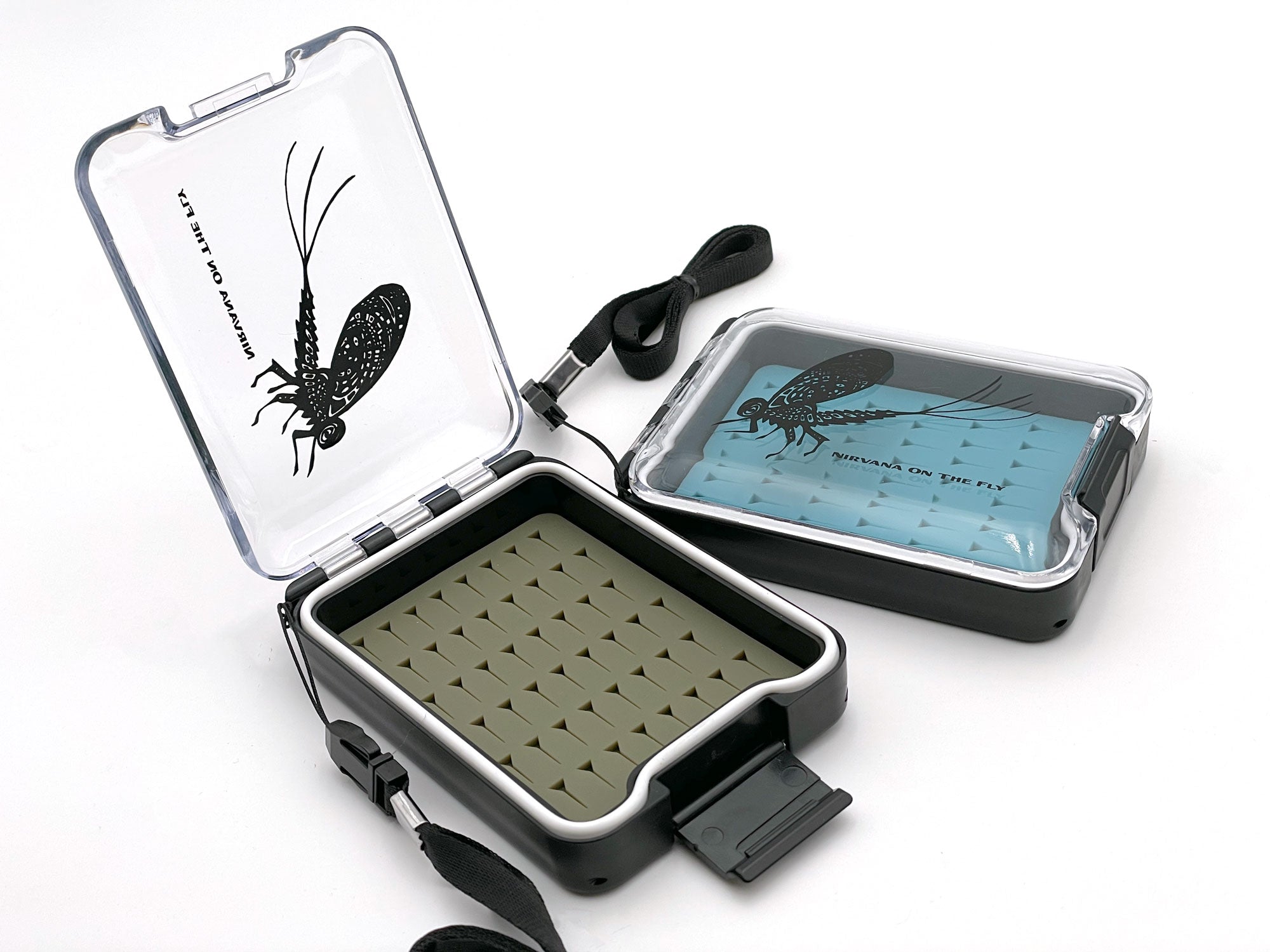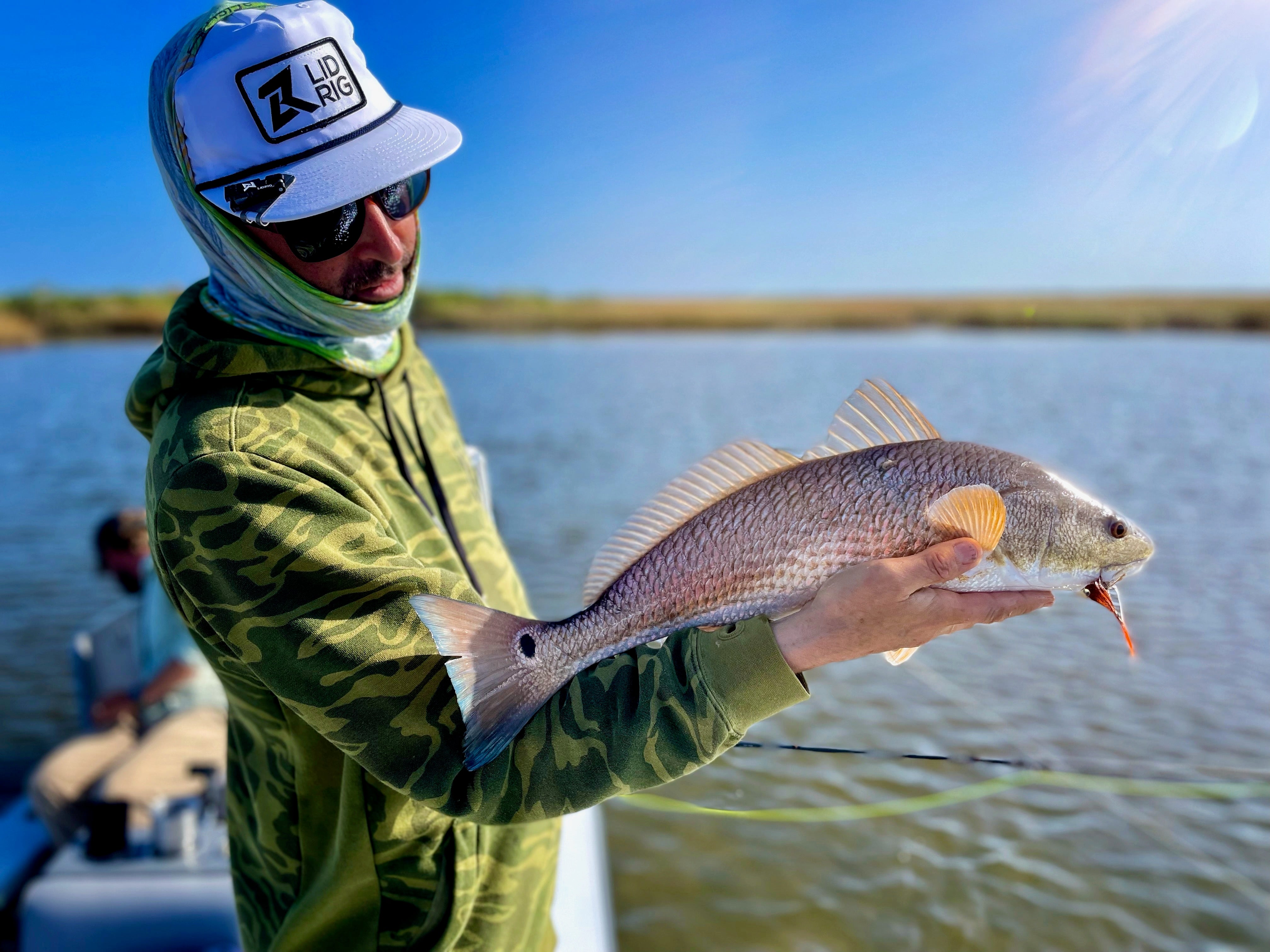Master the specialized art of streamer fishing in small waters with precision casting, stealth approaches, and technical presentations that catch educated trout in confined spaces
The Small Water Challenge: Where Precision Meets Aggression
Small stream streamer fishing represents one of the most technically demanding disciplines in fly fishing, combining the aggression of streamer techniques with the precision required for tight-quarter fishing. In these intimate waters, every cast must be perfect, every approach stealthy, and every presentation flawless to fool educated trout that have learned to survive in confined spaces.
This specialized technique opens up vast amounts of fishable water that most anglers overlook, often containing less pressured fish and excellent opportunities for both numbers and size. Master small stream streamer techniques, and you'll possess skills that enhance every aspect of your fly fishing.
WATCH: Small stream streamer techniques and tight water tactics
Understanding Small Stream Dynamics
What Defines Small Stream Fishing
Stream Characteristics:
- Width: 10-30 feet wide for most small stream applications
- Depth: Shallow pools rarely exceeding 6 feet
- Current: Varied flow patterns from riffles to pools
- Structure: Dense cover and overhead obstacles
- Access: Limited casting and maneuvering room
Fish Behavior in Small Waters:
- Territorial: Fish defend small, defined territories
- Opportunistic: Quick to take advantage of food opportunities
- Wary: Highly educated from close contact with anglers
- Efficient: Must maximize feeding efficiency in limited space
- Predictable: Use consistent feeding lanes and holding spots
Small Stream Challenges
Physical Constraints:
- Casting Room: Limited backcast space
- Overhead Cover: Trees and vegetation restricting movement
- Wading Space: Narrow channels limiting positioning
- Stealth Requirements: Close proximity to fish demands quiet approach
- Multiple Obstacles: Rocks, logs, and vegetation creating challenges
Technical Demands:
- Accuracy: Must hit small targets consistently
- Presentation: Natural drift in complex micro-currents
- Stealth: Avoid spooking fish in small water
- Equipment: Specialized gear for tight quarters
- Timing: Quick decisions in fast-moving situations
Small Stream Advantages
Intimate Fishing:
- Visual Contact: Often see fish and their reactions
- Immediate Feedback: Instant knowledge of technique effectiveness
- Fast Action: Quick presentations and rapid fish response
- Skill Development: Enhances all fly fishing abilities
- Adventure: Exploration and discovery opportunities
Fish Quality:
- Less Pressure: Often receive less angling pressure
- Healthy Populations: Usually sustainable fish populations
- Native Fish: Often contain wild, native trout
- Surprising Size: Can hold surprisingly large fish
- Willing Fish: Fish often more willing to take streamers
Essential Small Stream Patterns
Compact Streamer Designs
Small Profile Streamers:
- Size Range: #8-14 hooks for small water applications
- Compact Design: Short, dense patterns for tight spaces
- Natural Colors: Realistic colors for clear water fish
- Action: Built-in movement despite small size
- Durability: Withstand contact with structure
Effective Small Streamers:
- Woolly Bugger: Classic pattern in small sizes (#10-14)
- Zonker: Compact rabbit strip patterns
- Muddler Minnow: Small sculpin imitations
- Soft Hackle Streamers: Subtle action for educated fish
- Matuka: Compact New Zealand-style streamers
Specialized Small Water Patterns
Weighted Nymph-Streamers:
- Dual Purpose: Function as both nymph and streamer
- Quick Sink: Get deep in shallow water quickly
- Natural Profile: Realistic insect and baitfish appearance
- Size Options: #10-16 for various applications
- Versatile: Work in multiple fishing situations
Terrestrial Streamers:
- Land-Based Food: Imitate mice, shrews, and large insects
- Opportunity Patterns: Trigger opportunistic feeding
- Seasonal: Peak effectiveness during summer and fall
- Size: Larger profile for substantial meals
- Action: Realistic movement in small spaces
Regional Small Stream Patterns
Local Specialties:
- Native Baitfish: Imitate local minnow species
- Regional Insects: Match local aquatic insects
- Traditional Patterns: Time-tested local patterns
- Custom Designs: Patterns developed for specific streams
- Guide Recommendations: Patterns recommended by local experts
Adaptation Patterns:
- Clear Water: Subtle patterns for crystal clear streams
- Stained Water: Brighter patterns for colored water
- High Gradient: Patterns for fast, tumbling water
- Spring Creek: Technical patterns for selective fish
- Freestone: Versatile patterns for varied conditions
WATCH: Essential small stream streamer patterns and their applications
Equipment for Small Stream Success
Rod Selection for Tight Quarters
Length Considerations:
- 6'6" to 8': Optimal length for most small streams
- Ultra-Short: 6' rods for extremely tight conditions
- Standard: 7'6" to 8' for versatile small stream fishing
- Application: Match rod length to stream characteristics
- Maneuverability: Shorter rods easier to maneuver
Action Requirements:
- Fast Action: Quick loading for short casts
- Accuracy: Precise casting in tight spaces
- Sensitivity: Feel strikes and bottom contact
- Power: Sufficient backbone for structure fighting
- Quality: Reliable performance in demanding conditions
Weight Specifications:
- 3-5 Weight: Primary range for small stream fishing
- Light Lines: Match delicate presentations to small fish
- Versatility: Handle various pattern sizes
- Casting: Turn over small patterns efficiently
- Fighting: Appropriate power for small stream fish
Line Systems for Small Waters
Floating Lines:
- Primary Choice: Main line type for small stream fishing
- Mending: Excellent for complex current management
- Versatility: Work with all small stream techniques
- Strike Detection: Better feel for takes
- Line Management: Easier control in tight spaces
Specialty Lines:
- Short Head: Quick loading for tight casting
- Double Taper: Excellent for roll casting
- Light Weight: Delicate presentations
- Sink Tip: Quick depth for deep pools
- Custom: Modified lines for specific applications
Leaders and Tippet
Small Stream Leaders:
- Length: 7'6" to 9' for most applications
- Taper: Gradual taper for energy transfer
- Strength: Light enough for natural presentation
- Abrasion: Fluorocarbon for structure contact
- Simplicity: Avoid complex leader designs
Tippet Selection:
- Size Range: 4X-6X for most small stream applications
- Material: Fluorocarbon for invisibility
- Length: 2-4 feet for most situations
- Backup: Carry multiple tippet sizes
- Quality: Premium materials for reliability
Specialized Small Stream Gear
Compact Equipment:
- Small Landing Net: Appropriate size for small fish
- Minimal Vest: Carry only essential items
- Compact Box: Small fly box for limited patterns
- Stream Thermometer: Monitor water temperature
- Magnifier: See small patterns and knots
Stealth Equipment:
- Felt Soles: Quiet movement on rocks
- Earth Tones: Clothing that blends with environment
- Low Profile: Avoid high-visibility equipment
- Quiet Gear: Minimize noise from equipment
- Movement: Gear that allows stealthy movement
Small Stream Casting Techniques
Space-Limited Casting
Roll Cast Mastery:
- No Backcast: Cast without rear clearance
- Efficiency: Excellent for tight spaces
- Accuracy: Precise placement with practice
- Power: Sufficient for small stream distances
- Versatility: Work in various tight situations
Bow and Arrow Cast:
- Ultra-Tight Spaces: Cast in extremely confined areas
- Short Distance: Effective for very close targets
- Accuracy: Pinpoint precision possible
- Safety: Requires careful execution
- Practice: Develop skill gradually
Side Arm Casting:
- Low Trajectory: Cast under overhanging cover
- Accuracy: Maintain precision with side arm stroke
- Versatility: Work from various angles
- Structure: Navigate around obstacles
- Practice: Develop ambidextrous casting
Precision Casting Techniques
Target Accuracy:
- Small Targets: Hit specific spots consistently
- Distance Control: Precise distance management
- Quick Setup: Rapid targeting and casting
- Multiple Attempts: Limited chances require accuracy
- Practice: Regular accuracy training essential
Obstacle Navigation:
- Tree Casting: Cast around and under trees
- Rock Navigation: Work around boulder fields
- Overhang Fishing: Get under bank overhangs
- Structure Placement: Precise placement near structure
- Safety: Avoid hooks in vegetation and clothing
Small Stream Presentation Strategies
Pool Fishing Techniques
Pool Entry:
- Head of Pool: Target incoming current
- Deep Sections: Fish deepest parts first
- Structure: Work around logs and rocks
- Exit: Fish pool outlet areas
- Systematic: Cover pools thoroughly
Pool Presentations:
- Upstream Cast: Cast to head and work down
- Cross-Stream: Work across pool systematically
- Swing: Allow current to work fly across pool
- Strip: Active retrieve through pool
- Dead Drift: Natural drift through pool
Pocket Water Tactics
Reading Pockets:
- Size: Must be large enough to hold fish
- Depth: Adequate depth for fish security
- Current: Protected from main current
- Access: Can reach with accurate cast
- Food: Current delivers food to pocket
Pocket Presentations:
- Quick Cast: Immediate presentation to pocket
- Short Drift: Limited time in small pockets
- Multiple Angles: Try different approach angles
- Patience: Allow fish time to respond
- Move On: Don't overfish small pockets
Riffle and Run Fishing
Current Reading:
- Flow Patterns: Understand complex small stream currents
- Depth Changes: Identify fishable depth
- Structure: Rocks and logs creating holding water
- Speed: Current speed variations
- Food Lanes: Where current delivers food
Active Presentations:
- Upstream Strip: Retrieve against current
- Cross-Current: Work fly across flow
- Swing: Natural current-assisted presentation
- Bounce: Bounce fly off bottom structure
- Quick Strips: Fast retrieves for active water
🎥 WATCH: Small stream presentation techniques and strategies
<!-- YouTube Video Embed -->
<div class="video-container">
<iframe width="560" height="315"
src="https://www.youtube.com/embed/[VIDEO_ID]"
title="Small Stream Presentation Techniques"
frameborder="0"
allow="accelerometer; autoplay; clipboard-write; encrypted-media; gyroscope; picture-in-picture"
allowfullscreen>
</iframe>
</div>
<!-- End YouTube Video Embed -->
Stealth and Approach
Silent Movement
Wading Techniques:
- Slow Movement: Deliberate, careful wading
- Felt Soles: Quiet movement on rocks
- Minimal Splash: Avoid creating disturbance
- Current Use: Use current to mask movement
- Bottom Reading: Test each step carefully
Bank Fishing:
- Low Profile: Stay low to avoid detection
- Vegetation: Use natural cover for concealment
- Movement: Minimal, deliberate movement only
- Clothing: Earth tones that blend with environment
- Shadow: Avoid casting shadows on water
Fish Approach Strategies
Downstream Approach:
- Stealth Advantage: Approach from behind fish
- Vision: Fish can't see approaching angler
- Current: Noise and disturbance carried downstream
- Casting: Often easier casting angles
- Success: Higher success rate with proper technique
Positioning Strategy:
- Distance: Maintain adequate distance from fish
- Angle: Choose approach angle carefully
- Cover: Use available cover for concealment
- Observation: Watch fish behavior before casting
- Patience: Take time for proper positioning
Reading Fish Behavior
Activity Indicators:
- Feeding: Active feeding behavior
- Holding: Fish positioned in current
- Spooking: Signs of fish alarm
- Movement: Fish changing positions
- Aggression: Territorial behavior
Response Adaptation:
- Aggressive Fish: Use bold presentations
- Spooky Fish: Increase stealth and distance
- Feeding Fish: Match presentation to food source
- Holding Fish: Target specific positions
- Moving Fish: Anticipate movement patterns
Seasonal Small Stream Strategies
Spring Small Stream Fishing
Early Season Opportunities:
- High Water: Fish during moderate flows
- Temperature: Target warming periods
- Spawning: Avoid spawning fish, target pre/post spawn
- Structure: Fish near thermal refugia
- Timing: Fish during warmest parts of day
Spring Techniques:
- Slow Presentations: Match cold water metabolism
- Deep Focus: Target deepest available water
- Natural Colors: Use realistic, subtle patterns
- Patient Approach: Allow extra time for fish response
- Safety: Extra caution during high water
Summer Peak Season
Optimal Conditions:
- Low Water: Fish concentrated in pools
- Clear Water: Stealth becomes critical
- Warm Water: Fish active and opportunistic
- Structure: Fish heavy cover during heat
- Timing: Early morning and evening peak activity
Summer Tactics:
- Aggressive Presentations: Match active fish behavior
- Large Patterns: Fish willing to take substantial meals
- Structure Focus: Target shaded, cool areas
- Stealth: Extra care in clear, low water
- Temperature: Monitor water temperature carefully
Fall Small Stream Excellence
Pre-Winter Feeding:
- Aggressive Fish: Heavy feeding before winter
- Large Patterns: Fish seeking substantial meals
- Extended Season: Cool weather extends opportunities
- Leaf Fall: Changing conditions require adaptation
- Trophy Potential: Often best large fish opportunities
Fall Strategies:
- Aggressive Fishing: Bold presentations for feeding fish
- Structure Focus: Target known feeding areas
- Weather Windows: Fish during stable periods
- Large Streamers: Use biggest patterns of year
- Persistence: Extended effort for trophy fish
Troubleshooting Small Stream Problems
Spooky Fish Solutions
Stealth Improvement:
- Approach: Better positioning and movement
- Equipment: Lower-visibility gear and clothing
- Timing: Fish during low-light periods
- Distance: Increase casting distance
- Technique: More subtle presentations
Presentation Refinement:
- Accuracy: Improve casting precision
- Drag: Achieve perfect drag-free drift
- Pattern: Try smaller, more natural patterns
- Timing: Allow more time between casts
- Approach: Change approach angles
Structure Challenges
Snag Management:
- Technique: Improve casting accuracy
- Patterns: Use snag-resistant designs
- Retrieve: Modify retrieve to avoid snags
- Equipment: Use appropriate strength tackle
- Acceptance: Accept some fly loss as normal
Access Problems:
- Route Planning: Scout alternative routes
- Equipment: Use appropriate gear for access
- Timing: Fish during optimal conditions
- Safety: Prioritize safety in difficult access
- Local Knowledge: Learn from local anglers
Technical Difficulties
Casting Problems:
- Practice: Regular casting practice essential
- Instruction: Professional casting instruction
- Equipment: Ensure proper equipment match
- Technique: Master multiple casting methods
- Patience: Allow time for skill development
Presentation Issues:
- Current Reading: Improve water reading skills
- Mending: Master line management techniques
- Equipment: Use appropriate tackle for conditions
- Practice: Regular practice in varied conditions
- Observation: Watch and learn from mistakes
Conservation in Small Streams
Protecting Small Stream Ecosystems
Habitat Preservation:
- Bank Stability: Avoid damaging streambanks
- Vegetation: Protect riparian vegetation
- Water Quality: Support clean water initiatives
- Flow: Protect natural flow patterns
- Access: Use designated access points
Fish Population Protection:
- Catch and Release: Practice selective harvest
- Gentle Handling: Minimize stress on caught fish
- Spawning: Avoid spawning fish and areas
- Population: Support sustainable fishing practices
- Regulations: Follow all fishing regulations
Small Stream Ethics
Angler Responsibility:
- Low Impact: Minimize environmental impact
- Respect: Respect other anglers and landowners
- Education: Share knowledge responsibly
- Conservation: Promote small stream conservation
- Access: Support public access protection
Sharing Small Streams:
- Etiquette: Practice proper stream etiquette
- Information: Share information responsibly
- Crowding: Avoid overcrowding small waters
- Pressure: Distribute fishing pressure appropriately
- Respect: Respect the intimate nature of small streams
Building Small Stream Skills
Progressive Development
Beginner Skills:
- Basic Casting: Master fundamental casting techniques
- Stealth: Learn quiet approach methods
- Equipment: Understand small stream gear requirements
- Safety: Develop safety consciousness
- Water Reading: Learn basic small stream structure
Intermediate Advancement:
- Advanced Casting: Master specialized casting techniques
- Presentation: Develop multiple presentation methods
- Fish Behavior: Understand small stream fish psychology
- Seasonal: Adapt techniques seasonally
- Problem Solving: Handle challenging situations
Expert Mastery:
- Innovation: Develop personal techniques
- Teaching: Share knowledge with others
- Conservation: Lead conservation efforts
- Consistency: Reliable success in all conditions
- Exploration: Discover and develop new waters
Practice Opportunities
Learning Waters:
- Accessible: Easy access for regular practice
- Forgiving: Waters that allow learning from mistakes
- Varied: Different types of small stream conditions
- Productive: Waters with willing fish
- Safe: Safe environments for skill development
Skill Building:
- Casting Practice: Regular casting skill development
- Stealth Training: Practice quiet approach techniques
- Equipment Mastery: Learn to use all equipment effectively
- Pattern Testing: Experiment with different patterns
- Water Study: Learn to read small stream water
WATCH: Building small stream streamer fishing skills
Small stream streamer fishing develops skills that enhance every aspect of your fly fishing. The precision, stealth, and adaptability required for success in tight quarters creates better anglers who can succeed in any fishing situation. The intimate nature of small stream fishing provides immediate feedback that accelerates learning and skill development.
The adventure aspect of small stream fishing opens up vast amounts of fishable water that most anglers overlook. These waters often contain less pressured fish, healthy populations, and surprising opportunities for both numbers and size. The exploration and discovery inherent in small stream fishing creates experiences that last a lifetime.
Remember that small stream fishing is as much about the journey as the destination. The skills developed, the places discovered, and the intimate connection with wild fish and water create rewards that extend far beyond the fish caught. Each small stream teaches new lessons about stealth, precision, and adaptation.
Master small stream streamer techniques, and you'll possess some of the most refined and versatile skills in all of fly fishing. The ability to succeed in tight quarters with demanding presentations transfers directly to all other fishing situations and creates confidence that enhances every angling experience.
Ready to master the art of small stream streamer fishing? Start with appropriate equipment, practice precision casting, and develop the stealth and patience required for intimate water success. The hidden gems of small stream fishing await those skilled enough to fish them effectively.


